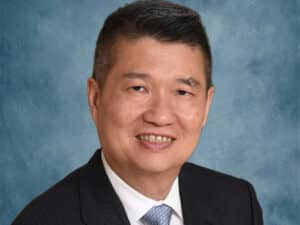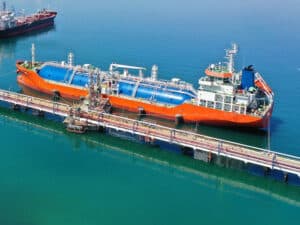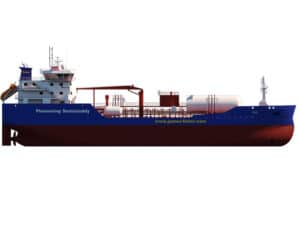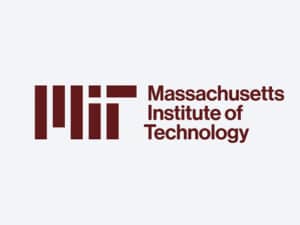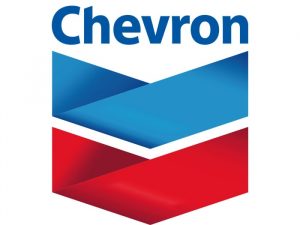
Q&A: Danfoss’ Editron division on offshore CTV project
Written by Heather Ervin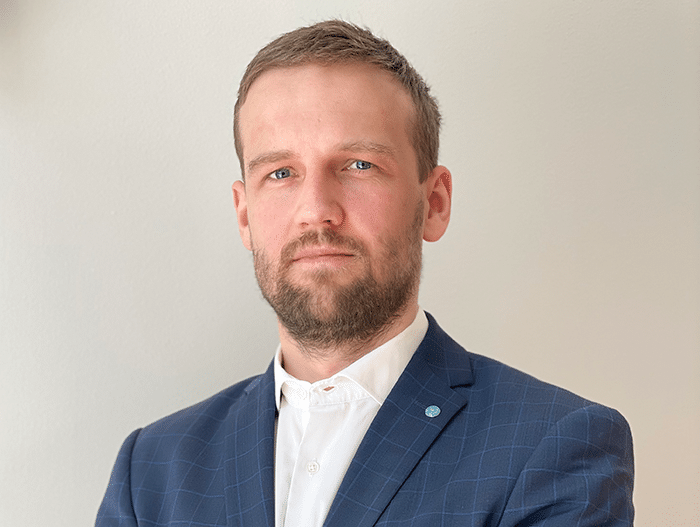
Philipp Fedorov
In order to achieve its net-zero emissions target, the U.K. government is committed to quadrupling its offshore wind farm capacity to 40 gigawatts (GW) by 2030 and is planning on raising this target to up to 50GW. While this decision will inevitably boost the creation of green jobs in the renewable energy industry, it also means that more crew transfer vessels (CTVs) will be needed to deliver supplies and transport workers to and from the offshore sites, according to Danfoss Power Solutions’ Editron division.
Currently, most of these CTVs are diesel-powered, says the company, which hinders the country’s efforts to become carbon neutral. By turning to electric and hybrid solutions for its transportation, the offshore renewable energy industry can help the U.K. decarbonize while reaching carbon neutrality itself.
We sat with Philipp Fedorov, marine sales director of Danfoss’ Editron division, to find out what the company is working on for the offshore sector. Here’s what he had to say:
Marine Log (ML): Danfoss Editron worked with wind farm transfer company MHO-Co, which Orsted commissioned to deliver two new hybrid vessels to service the Hornsea Project 2 offshore wind farm in the North Sea. In your own words, can you tell us more about this project and what Danfoss’ role was?
Philipp Fedorov (PF): Danfoss delivered the hybrid electric part of the ship propulsion, including, but not limited to, electrical machines, power conversion equipment, main DC switchboards and energy management software. We also participated in the overall system startup and commissioning at the shipyard.
ML: Are there any updates on the CTVs—are they now operating?
PF: There are no major updates to share since the last media announcement about the vessels.
ML: More CTVs are needed to deliver supplies and crews to offshore sites. Currently, most of these CTVs are diesel-powered, hindering the U.K.’s carbon-neutral efforts. What is Danfoss’ approach to overcoming this issue?
PF: Our general advice for shipowners is to use electrical machines as main drivers for propulsion, meaning that diesel engines are mechanically disconnected from the propellers. Diesel engines are still playing a key role in the power plant as diesel-generator sets in combination with batteries, fuel cells and other available clean energy sources.
An electrical solution for propulsion enables this configuration and the efficient use of different energy sources in one power grid—they effectively support each other in different operating modes. This setup allows the most efficient and effective use of the strongest features of each power source. Additionally, this idea supports future upgrades of the vessels once new energy sources become available and easily integrate into the existing power grids onboard.
ML: Are there other examples of Editron’s experience in the offshore wind market?
PF: We also powered the first fast crew supply vessel able to compete with helicopter transfers in terms of speed, comfort and efficiency. More details can be found here.
Danfoss Editron projects
Danfoss Editron has electrified a growing number of vessels in the marine industry. Significant projects delivered in recent years include the Ellen e-ferry in Denmark, which is the world’s most powerful fully-electric ferry, while the company also provided the electric power equipment for two workboats operating on the Miyun Reservoir, Asia-Pacific’s largest artificial lake. The company also worked on the U.S. Department of Energy’s first hybrid-electric research vessel in addition to numerous other marine projects.

